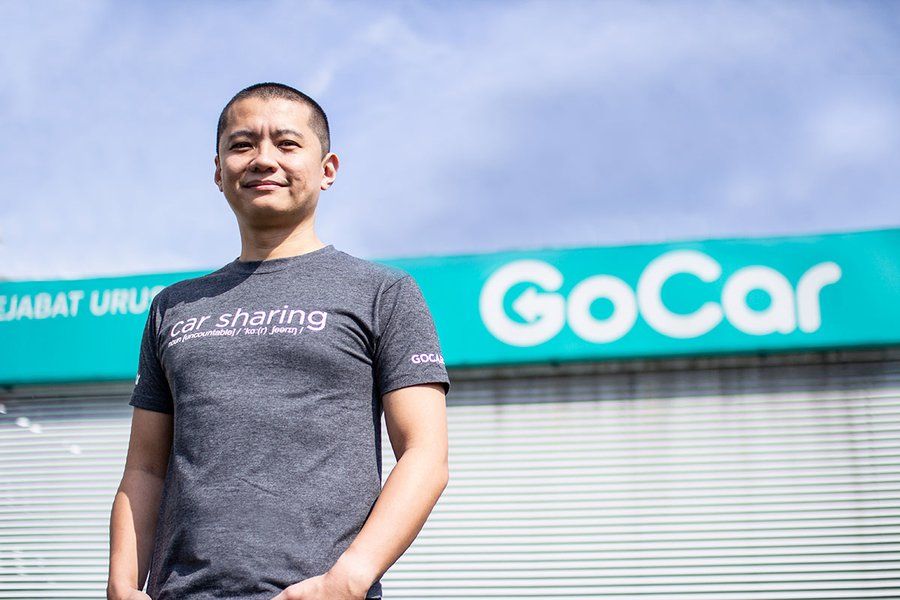Youth Mindset: Collaboration Beats Competition

There’s a growing trend that states, “Collaboration wins over competition”. Organisational leaders begin to realise that even their best individual efforts cannot stack up against new, complex and interconnected problems.
Simply put, the number of issues are increasing. A recent article by Laura Montini on Inc.com revealed that a collaborative mindset has the potential to generate the following benefits:
- 15% increase in successful innovation
- 20% reduction in time to market
- 35% increase in greater innovation and creativity
- 50% improvement in communication
How does this translate to our youth of today? Seeing that they will be the future leaders of tomorrow, are we developing them in the right environment with the right mindset?
The right age to begin is said to be between ages 7–12 years old, when children begin to explore and do things for themselves. Hence, the Leaderonomics DIODE Kids Leadership Programme focuses on three key elements to build a collaborative mindset.
Let’s look at some of the ways in which the leadership programme helps to develop kids.
Empathy at home
Parents can demonstrate empathy at home, by turning off the television when their children are studying, or even volunteer to work with them.
While they do their homework, parents can also do their work at the same table. The next stage is to have them extend that empathy to themselves and others.
Empowerment at DIODE Kids
At DIODE Kids, we run a simulation called ‘The Origami Effect’, where kids are split into different groups and are taught to fold a specific type of origami.
The objective is for them to teach different techniques to each other. The kids learn to see that they can make an impact in others, and they find joy in successfully helping or teaching their peers to fold new origami styles.
Empowerment at home
Give your kids a chance to teach you or their siblings something. Start off by teaching your child, then get your child to teach your spouse or their siblings.
Imagine your child teaching your spouse primary school mathematics: this would give your child the empowerment he needs to build confidence.
Collaboration at DIODE Kids
Once empathy and empowerment have set in, the kids feel like they can help and have awareness of others’ welfare in mind. The final challenge, called ‘Wonders of the World’ gives each group a piece of the Taj Mahal to build.
They are tasked to build different parts of the building, and collaborate to ensure the uniformity in the scale of the building. This involves respect and accountability for each of their roles and responsibilities within the group.
Collaboration at home
Collaboration at home is simple. Getting them to help out with household chores, baking and even counting the bills can be empowering and builds a sense of collaboration.
The idea is to help them understand that since we all live in the same house, we are all responsible for maintaining it.
Concluding thoughts
Putting it all together, you will realise that you are not only instilling a collaborative mindset, but you are also teaching your child essential life skills. Basic skills such as working together, being responsible for their own home, understanding of bills and basic nutrition – all of which they will have to learn anyway.
So why not start now? Begin empowering your child before it is too late.
Marcus Lim is a part of the youth division of Leaderonomics and he is excited by new ideas, concepts and challenges. Being a practitioner of the art of movement, parkour, he believes in building confidence and self-awareness through physical representations and movements of the body. If you are interested in developing yourself as a young leader, you can email him at people@leaderonomics.com or visit www.leaderonomics.org/youth/leaderonomics-club. For more Starting Young articles, click here.
Community
This article is published by the editors of Leaderonomics.com with the consent of the guest author.






